
23 Best Books for Software Engineers in 2023
At Stratoflow, we firmly believe that knowledge is the catalyst for progress and that the profession of a software developer is a path of constant self-improvement.
That’s why we’ve asked our senior software engineers to share with us their top picks of programming literature that should be on the must-read list of every software developer.
To make this experience even more rewarding, we’ve meticulously divided our ranking into three captivating parts. First, we’ll delve into the top-tier books for software engineering, handpicked to amplify your skills across a multitude of disciplines. With these recommendations, you’ll unlock the secrets of efficient coding, unravel the complexities of algorithms, and unravel the mysteries of software architecture. Get ready to take your craft to new heights!
But that’s not all—Java developers, rejoice! Our passionate senior Java experts have dedicatedly crafted a carefully tailored selection of the best books for your specific niche. Whether you’re an aspiring Java enthusiast seeking to master the language or a seasoned developer aiming to unlock advanced Java concepts, our recommendations will empower you to reach unprecedented levels of expertise. Get ready to unleash the full potential of Java and elevate your software development career up to new horizons.
Of course, no journey through the realm of software engineering would be complete without a nod to the classics—the timeless treasures that have withstood the test of time. Our collection of evergreen software engineering books transcends eras, providing you with profound insights and guiding principles that will forever shape your approach to problem-solving. Explore the foundational works that have inspired generations of software engineers, and experience the transformative power of wisdom.
9 Best Software Engineering Books in 2023
A Philosophy of Software Design, by John Ousterhout
A Philosophy of Software Design tackles the challenge of decomposing complex software systems into manageable modules, such as classes and methods, that can be implemented independently. The book begins by introducing the fundamental problem of managing complexity in software design, and then delves into philosophical issues concerning the whole operational software engineering and design process.
Throughout the book, the author presents a collection of design principles to be applied during software design, as well as a set of red flags that identify potential design problems. By applying the ideas presented in this book, readers can reduce the complexity of large software systems, allowing for faster and more cost-effective software development.
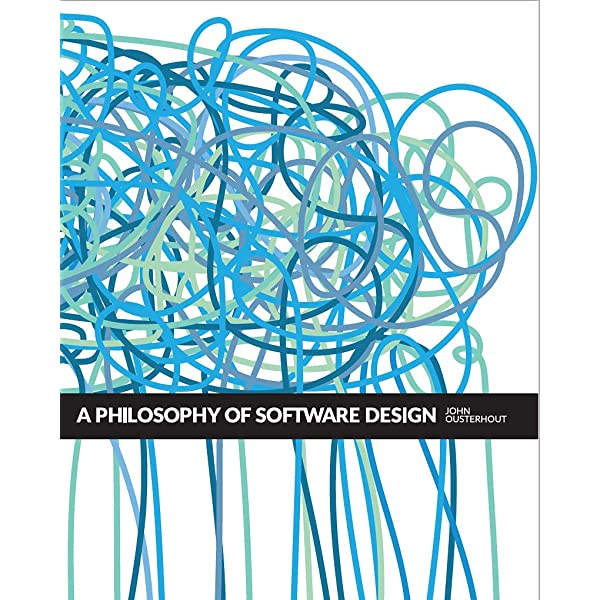
Accelerate: The Science of Lean Software and DevOps, by Nicole Forsgren, Jez Humble, and Gene Kim
Accelerate: The Science of Lean Software and DevOps presents the findings and science behind four years of groundbreaking research on how to measure software delivery performance and what drives it. The book provides practical advice and guidance on how organizations can apply technology to drive business value, measure the performance of their teams, and invest in capabilities to drive higher performance. It is recommended for management at every level who are involved in a digital transformation and want solid guidance on what works, what doesn’t work, and what doesn’t matter. The book has received critical acclaim and won the Shingo Publication Award.
Build Your Own Programming Language: A programmer’s guide to designing compilers, interpreters, and DSLs for solving modern computing problems, by Clinton L. Jeffery
“Build Your Own Programming Language” is a practical guide for software developers and computer science students interested in creating custom programming languages or domain-specific languages (DSLs). The book demonstrates how to reduce development time and address pain points in specific application domains by building your own language. It covers various aspects of compiler and interpreter implementation, including lexical analyzers, parsers, syntax trees, and garbage collection.
Key topics covered:
- Programming language design
- Scanning source code and generating parsers
- Building key data structures in a compiler
- Implementing a bytecode interpreter and running bytecode
- Writing tree traversals and inserting information into syntax trees
- Implementing garbage collection in your language
Intended for software developers with intermediate-level knowledge of high-level languages like Java or C++, this book offers a practical approach to language implementation, supplemented by examples in Unicon and Java. By the end of the book, readers will be able to build and deploy their own domain-specific languages that are capable of compiling and running programs.
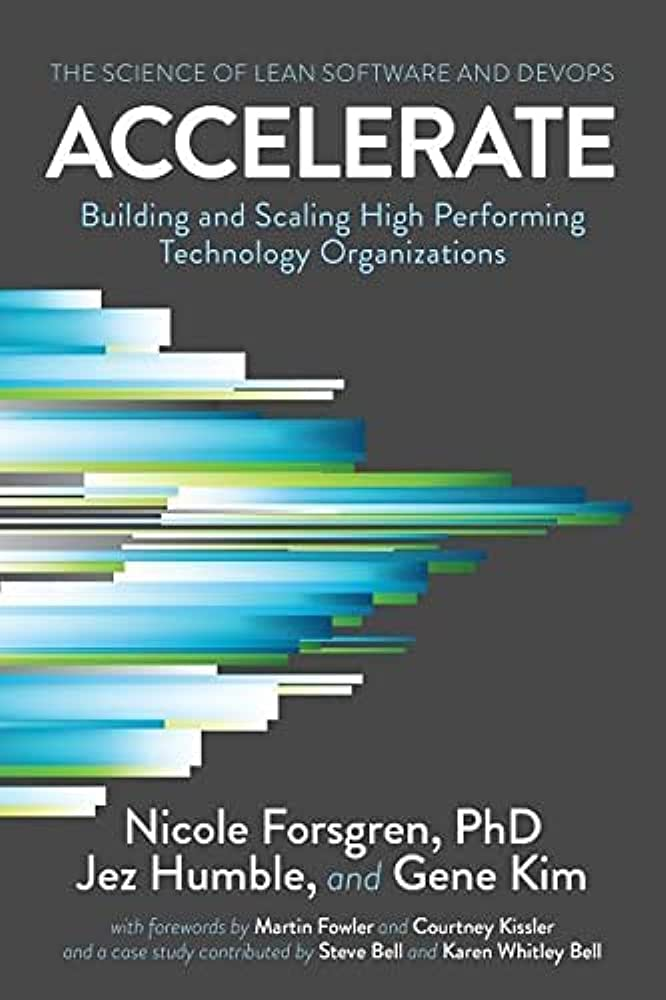
The Art of Statistics: How to Learn from Data, by David Spiegelhalter
The Art of Statistics: How to Learn from Data is a comprehensive guide to statistical thinking, emphasizing the importance of data literacy in the age of big data. The book focuses on the concepts and connections behind the math, using real-world examples to demonstrate how statistics can help solve complex problems and inform decision-making.
Through the examination of various case studies, such as identifying the luckiest passenger on the Titanic, catching a notorious serial killer, and assessing the benefits of screening for ovarian cancer, the author teaches readers to think like statisticians. The book emphasizes the importance of clarifying questions, assumptions, and expectations when approaching a problem and, more importantly, responsibly interpreting the answers received.
Combining expert insight with playful enthusiasm, The Art of Statistics serves as a definitive guide to statistics for modern individuals, helping them understand and participate in a data-driven world.
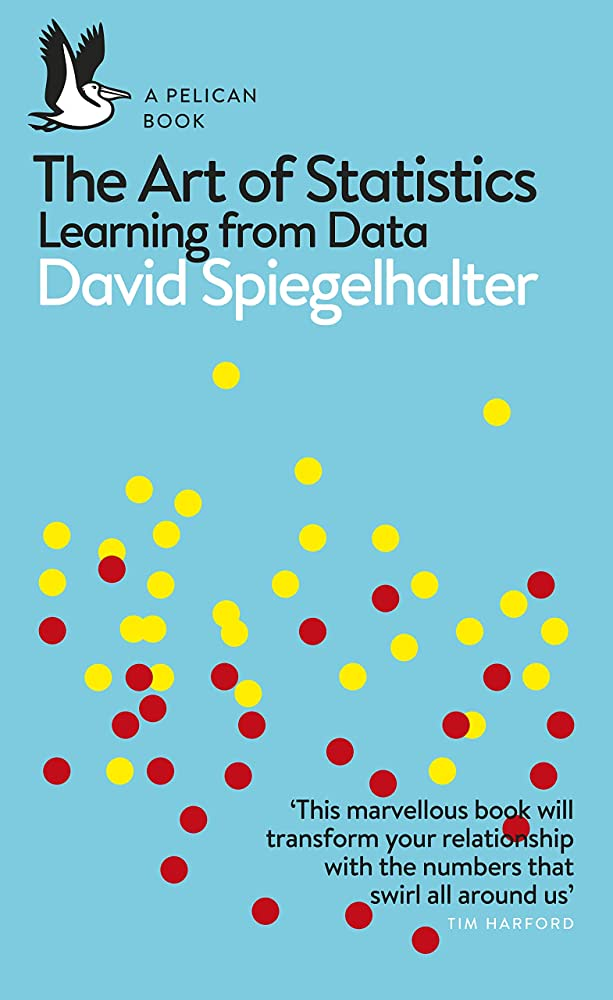
Dive Into Design Patterns, by Alexander Shvets
Dive Into Design Patterns is a comprehensive guide to understanding design patterns, which are typical solutions to commonly occurring problems in software design. Unlike off-the-shelf functions or libraries, design patterns are general concepts that can be customized to address recurring design issues in code.
The book covers 22 classic design patterns and 8 design principles upon which these patterns are based. Each chapter begins with a real-life software design problem that is then progressively solved by applying one of the patterns. The pattern’s structure, variations, and code examples are thoroughly discussed, followed by a demonstration of its various applications and implementation steps, even in existing programs. The chapters conclude with an evaluation of the pattern’s pros and cons, as well as its relationships, similarities, and differences with other patterns.
Dive Into Design Patterns is an invaluable resource for software developers looking to enhance their problem-solving skills and create efficient, maintainable code.

System Design Interview – An insider’s guide, by Alex Xu
System Design Interview – An insider’s guide is a comprehensive resource for software engineers and developers preparing for the complex and challenging system design interview. The book offers a step-by-step framework for tackling system design questions and features numerous real-world examples to illustrate the detailed steps that can be followed.
The book is organized into 16 chapters, each focusing on a specific system design topic, such as rate limiting, consistent hashing, key-value stores, unique ID generators in distributed systems, URL shorteners, web crawlers, notification systems, news feed systems, chat systems, search autocomplete systems, and the design of platforms like YouTube and Google Drive. The final chapter encourages continuous learning and improvement in system design skills.
System Design Interview – An insider’s guide is a valuable resource for those seeking to excel in the demanding system design interview and improve their understanding of complex operating systems.

Designing Machine Learning Systems: An Iterative Process for Production-Ready Applications, by Chip Huyen
Designing Machine Learning Systems: An Iterative Process for Production-Ready Applications is a comprehensive guide for designing reliable, scalable, maintainable, and adaptive machine learning (ML) systems. The book offers a holistic approach to creating ML systems, considering each design decision in the context of the system’s overall objectives.
Author Chip Huyen, co-founder of Claypot AI, covers various aspects of ML system design, enterprise application development, including engineering data, choosing the right metrics, automating model development, evaluation, deployment, and updating, monitoring systems for detecting and addressing issues in production, architecting ML platforms for multiple use cases, and developing responsible ML systems.
The book’s iterative framework is supported by real-world case studies and references, offering valuable insights for designing ML systems that can adapt to changing environments and business requirements. This book is an essential resource for professionals and practitioners in the field of machine learning, seeking to learn software engineering create production-ready applications that are both complex and unique.

Microservices Security in Action, by Prabath Siriwardena and Nuwan Dias
Microservices Security in Action is a practical guide that addresses the unique security challenges in microservices applications. The book teaches readers how to secure messages, queues, and API endpoints in microservices systems using industry-leading open-source tools, Java, and Spring Boot.
The book is divided into five parts:
- Overview: Introduces microservices security landscape and the first steps in securing microservices.
- Edge Security: Covers securing north/south traffic with an API gateway, accessing secured microservices via single-page applications, and implementing throttling, monitoring, and access control.
- Service-to-Service Communications: Discusses securing east/west traffic with certificates, JWT, gRPC, and securing reactive microservices.
- Secure Deployment: Explores container security with Docker, securing microservices on Kubernetes, and securing microservices with Istio service mesh.
- Secure Development: Emphasizes secure coding practices and automation.
This book is designed for experienced microservices developers with intermediate Java skills. The authors, Prabath Siriwardena and Nuwan Dias, have extensive experience in designing secure systems for Fortune 500 companies and offer valuable insights and hands-on exercises to help developers understand and implement security measures in microservices applications.
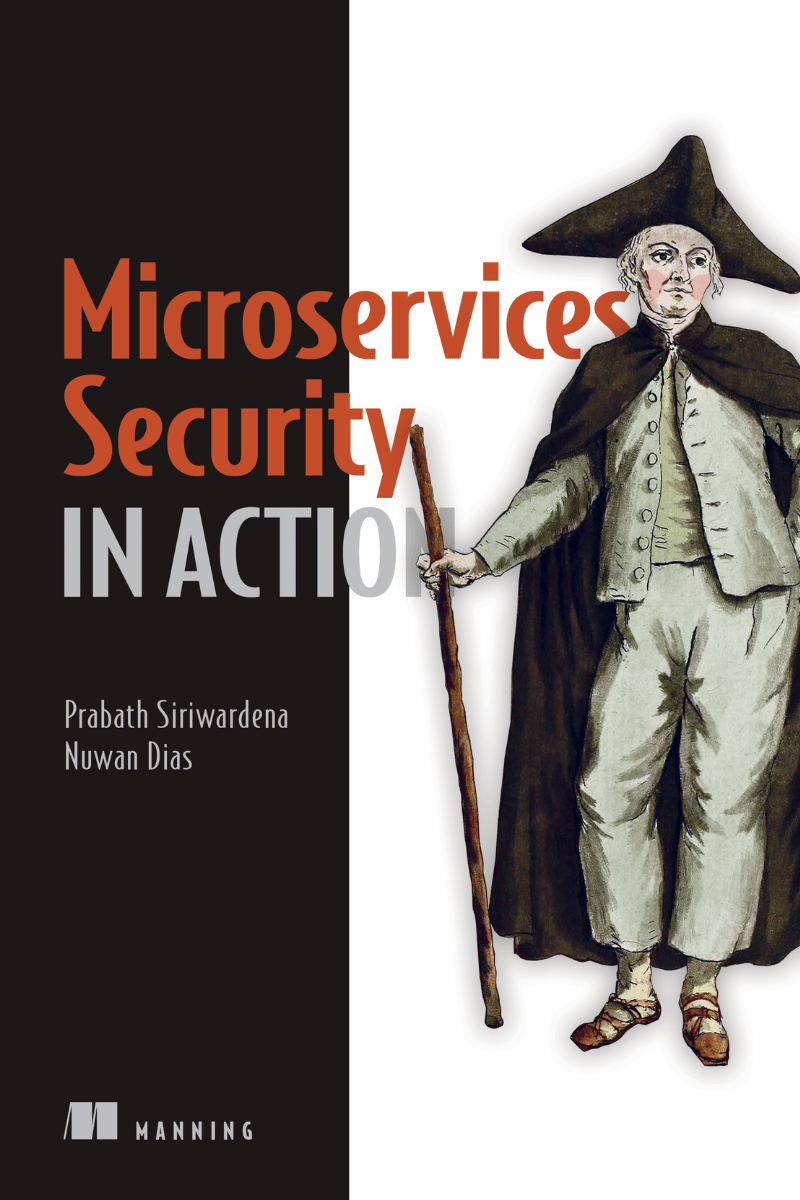
Advances in Financial Machine Learning, by Marcos López de Prado
Advances in Financial Machine Learning is a comprehensive guide that explores the latest machine learning (ML) innovations in finance. It aims to help readers understand and implement ML algorithms to improve investment performance and transform the financial landscape.
In this book, readers will learn how to:
- Structure big data for ML algorithms
- Conduct research using ML algorithms on big data
- Employ supercomputing methods and backtest discoveries while avoiding false positives
The book offers scientifically sound solutions to real-life problems faced by practitioners, using math and supported by code and examples. It encourages readers to become active users and test the proposed solutions in their individual settings.
Written by a recognized expert and portfolio manager, Advances in Financial Machine Learning equips investment professionals with the groundbreaking tools needed to succeed in modern finance. It is an essential resource for those interested in implementing machine learning techniques to make better financial decisions and investments.
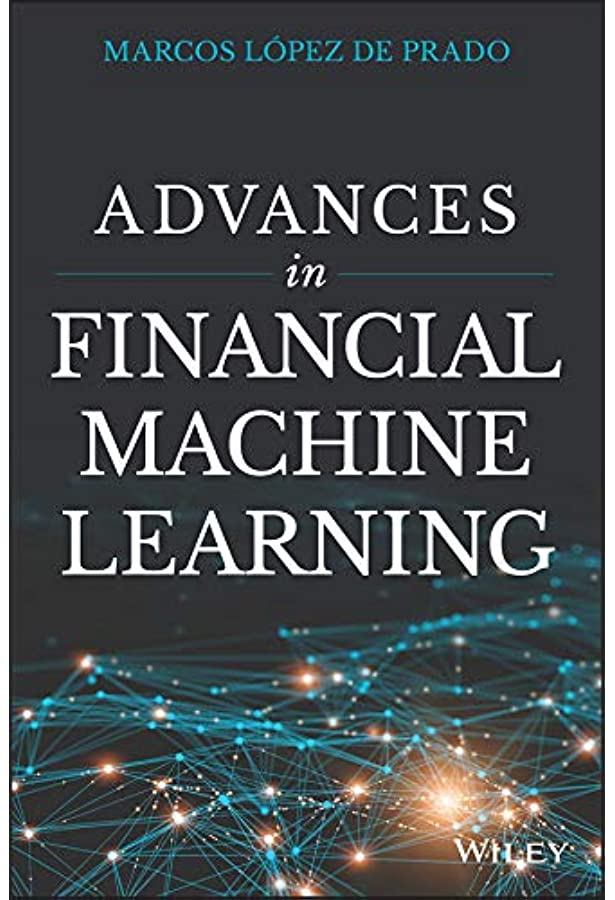
Practical Recommender Systems, by Kim Falk
Practical Recommender Systems is a comprehensive guide that explains how recommender systems work and demonstrates how to create and apply them on your site. These systems are essential for keeping your site content current, useful, and engaging to visitors.
The book covers:
- Collecting and understanding user behavior
- Ratings and how to calculate them
- Non-personalized recommendations
- Collaborative and content-based filtering
- Machine learning algorithms
- Real-world examples in Python
Divided into two parts, the first part of the book focuses on getting ready for recommender systems, covering user behavior, monitoring the system, and handling non-personalized recommendations. The second part delves into various recommender algorithms, including finding similarities among users and content, collaborative filtering, content-based filtering, matrix factorization, hybrid recommenders, ranking, and learning to rank. The book concludes with a discussion on the future of recommender systems.
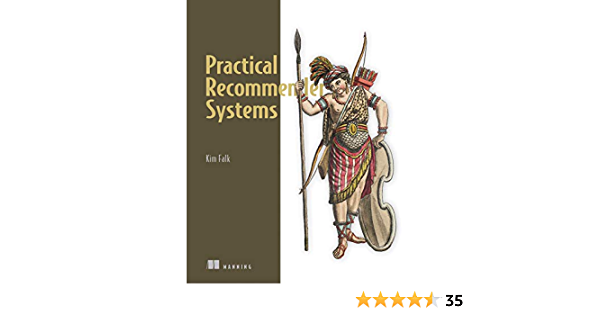
[Read also: Essential Reading: 7 Best Books & 4 Research Papers on Machine Learning Recommender Systems]
6 Best Books for Java Developers in 2023
The Joy of Kotlin, by Pierre-Yves Saumont
The Joy of Kotlin is a guidebook for Java developers who want to learn Kotlin, an elegant JVM language that integrates seamlessly with Java. The book teaches practical techniques to improve abstraction and design, write comprehensible code, and build maintainable bug-free applications. The book covers topics such as programming with functions, dealing with optional data, safe handling of errors and exceptions, and handling and sharing state mutation. The author uses down-to-earth examples and experience-driven insights to make the learning experience more enjoyable. The book is recommended for programmers who want to take on new challenges with increased confidence and skill.

Java Performance: In-Depth Advice for Tuning and Programming Java 8, 11, and Beyond (2nd Edition), by Scott Oaks
Java Performance: In-Depth Advice for Tuning and Programming Java 8, 11, and Beyond is a comprehensive guide for developers and performance engineers who want to optimize their Java applications. This book delves into the inner workings of the Java Virtual Machine (JVM) and the Java platform, focusing on production-supported releases and features, while also discussing upcoming technologies.
Key topics covered in the book include:
- Understanding the impact of Java platforms and compilers on performance.
- Learning about Java garbage collection and its workings.
- Applying four key principles to get the best results from performance testing.
- Utilizing JDK and other tools to analyze Java application performance.
- Minimizing the garbage collector’s impact through tuning and programming practices.
- Addressing performance issues in Java APIs.
- Enhancing Java-driven database application performance.
This practical guide emphasizes the importance of understanding how code behaves in the JVM and offers insights on tuning Java applications for optimal performance.
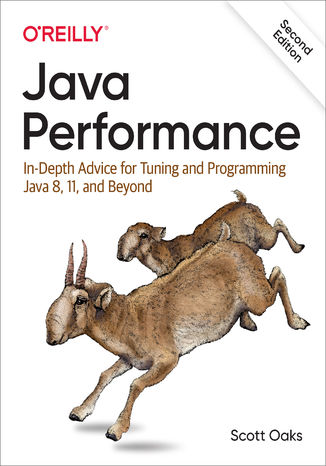
The Java Module System, by Nicolai Parlog
The Java Module System is a comprehensive guide to understanding and using the Java Platform Module System, introduced in Java 11 as part of Project Jigsaw. The book is designed for developers with some Java experience and focuses on helping them create and use Java modules effectively. It also covers the process of migrating to modular Java, decoupling dependencies, and refining APIs.
The book is divided into three parts:
- Hello, Modules: This section covers the basics of Java modules, including their anatomy, properties, building, running, and debugging modular applications
- Adapting Real-World Projects: This part discusses the challenges of moving to Java 9 or later and provides strategies for incremental modularization and migration of existing projects.
- Advanced Module System Features: In this section, readers will learn about advanced features such as using services to decouple modules, refining dependencies and APIs, handling reflection in a modular world, understanding module versioning, and customizing runtime images with jlink.
With detailed examples, easy-to-understand diagrams, and insights on best practices, “The Java Module System” is a valuable resource for developers looking to leverage the modularity framework in Java to build reliable and maintainable applications.
Microservices with Spring Boot and Spring Cloud: Build resilient and scalable microservices using Spring Cloud, Istio, and Kubernetes (2nd Edition) by Magnus Larsson
“Microservices with Spring Boot and Spring Cloud: Build resilient and scalable microservices using Spring Cloud, Istio, and Kubernetes” is a useful guide for Java and Spring Boot developers to build, deploy, and manage microservices. The book is updated to include the latest versions of Spring, Java, Kubernetes, and Istio, as well as support for Mac and Windows with WSL2 and an introduction to Helm 3.
Key topics covered in the book include:
- Building reactive microservices with Spring Boot.
- Developing resilient and scalable microservices using Spring Cloud.
- Securing public APIs using OAuth 2.1/OIDC and Spring Security.
- Implementing Docker for consistent development, testing, and production environments.
- Deploying and managing microservices with Kubernetes.
- Applying Istio for improved security, observability, and traffic management.
- Writing and running automated microservice tests using JUnit, testcontainers, Gradle, and bash.
The book begins with an introduction to microservices and Spring Boot, then progresses through creating cooperating microservices, deploying them using Docker, and adding API descriptions with OpenAPI. Further chapters cover resilience, service discovery, security, centralized configuration, and observability with distributed tracing, logging, and monitoring.
This book is suitable for Java or Spring Boot developers who are looking to build microservice landscapes from scratch. Prior knowledge of microservices architecture is not required, but a solid understanding of Java and Spring Boot is essential to build apps autonomously.

Testing Java Microservices: Using Arquillian, Hoverfly, AssertJ, JUnit, Selenium, and Mockito (1st Edition) by Jason Porter, Alex Soto, and Andrew Gumbrecht
Testing Java Microservices: Using Arquillian, Hoverfly, AssertJ, JUnit, Selenium, and Mockito is a practical guide for Java developers working with microservice systems on the JVM. The book focuses on implementing unit and integration tests for microservices, built using Java EE, WildFly Swarm, and Docker. It teaches developers how to increase test coverage and productivity while ensuring their systems function as expected.
Key topics covered in the book include:
- Test automation for microservices.
- Unit-testing individual services.
- Component-testing and integration-testing microservices.
- Contract tests and end-to-end testing.
- Docker and testing for container-centric systems.
- Service virtualization for live system testing.
- Continuous delivery in microservices.
Throughout the book, readers will learn how to advance from simple unit tests to more complex testing practices like chaos or integration tests. They will also master live system testing using frameworks such as Arquillian, Wiremock, and Mockito, and techniques like contract testing and over-the-wire service virtualization.
“Testing Java Microservices” is suitable for Java developers familiar with Java EE, EE4J, Spring, or Spring Boot. The authors, Alex Soto Bueno, Jason Porter, and Andy Gumbrecht, have extensive experience in enterprise testing and are members of the Arquillian team and Apache TomEE developer and PMC.
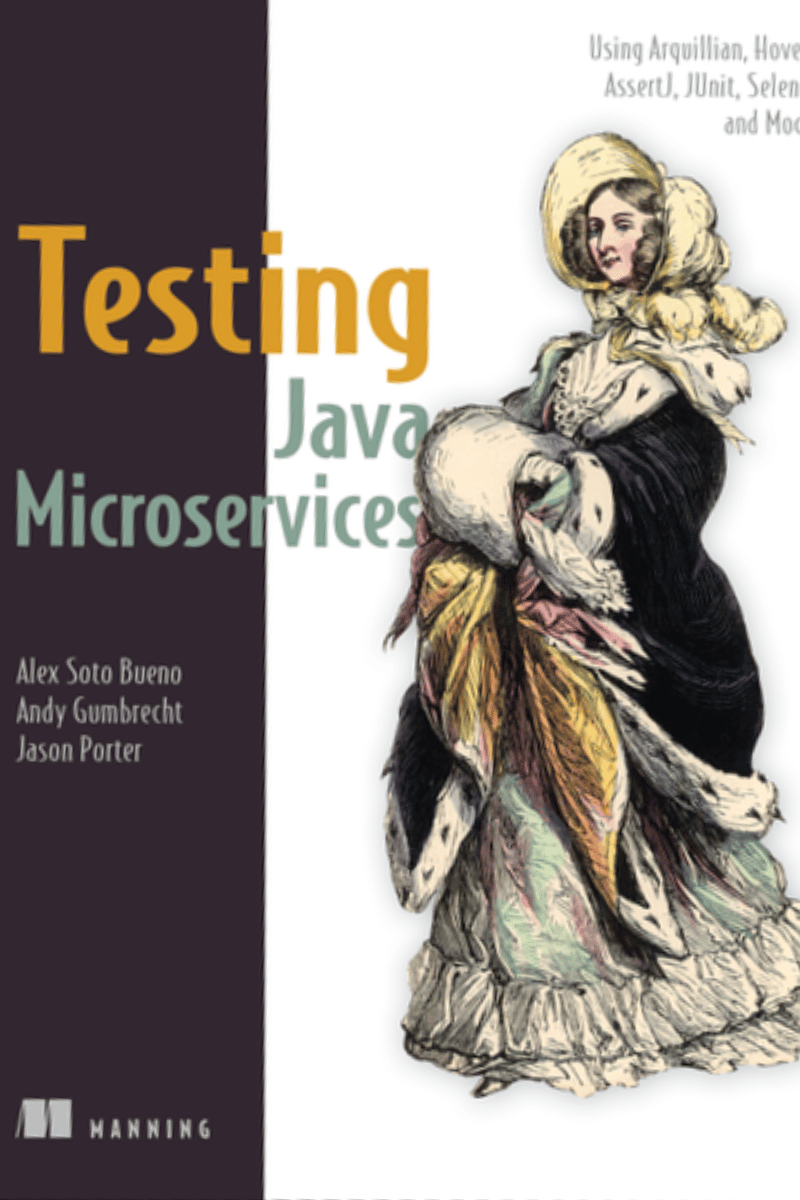
The Well-Grounded Java Developer, Second Edition, by Benjamin Evans, Martijn Verburg, and Jason Clark
The Well-Grounded Java Developer is a refreshing guide that helps intermediate Java developers gain a deeper understanding of the language, from the JVM level up. The authors, who are Java Champions and veteran developers, share their experience and insights through practical examples and design secrets from Java’s history.
Key topics covered in the book include:
- The new Java module system and its benefits.
- Bytecode for the JVM, including operations and classloading.
- Performance tuning the JVM.
- Java’s built-in concurrency and expanded options.
- Programming in Kotlin and Clojure on the JVM.
- Maximizing build/CI tooling benefits with Maven and Gradle.
- Running the JVM in containers.
- Planning for future JVM releases.
The book covers both modern innovations and timeless fundamentals, enabling developers to grow their expertise and take on advanced techniques for performance, concurrency, containerization, and more. The authors also discuss alternative JVM languages like Kotlin and Clojure and delve into build, test, and deployment practices, including running the JVM in containers and planning for future JVM releases.
“The Well-Grounded Java Developer, Second Edition” is suitable for intermediate Java developers who want to upgrade their skills and gain a deeper understanding of Java and the JVM.
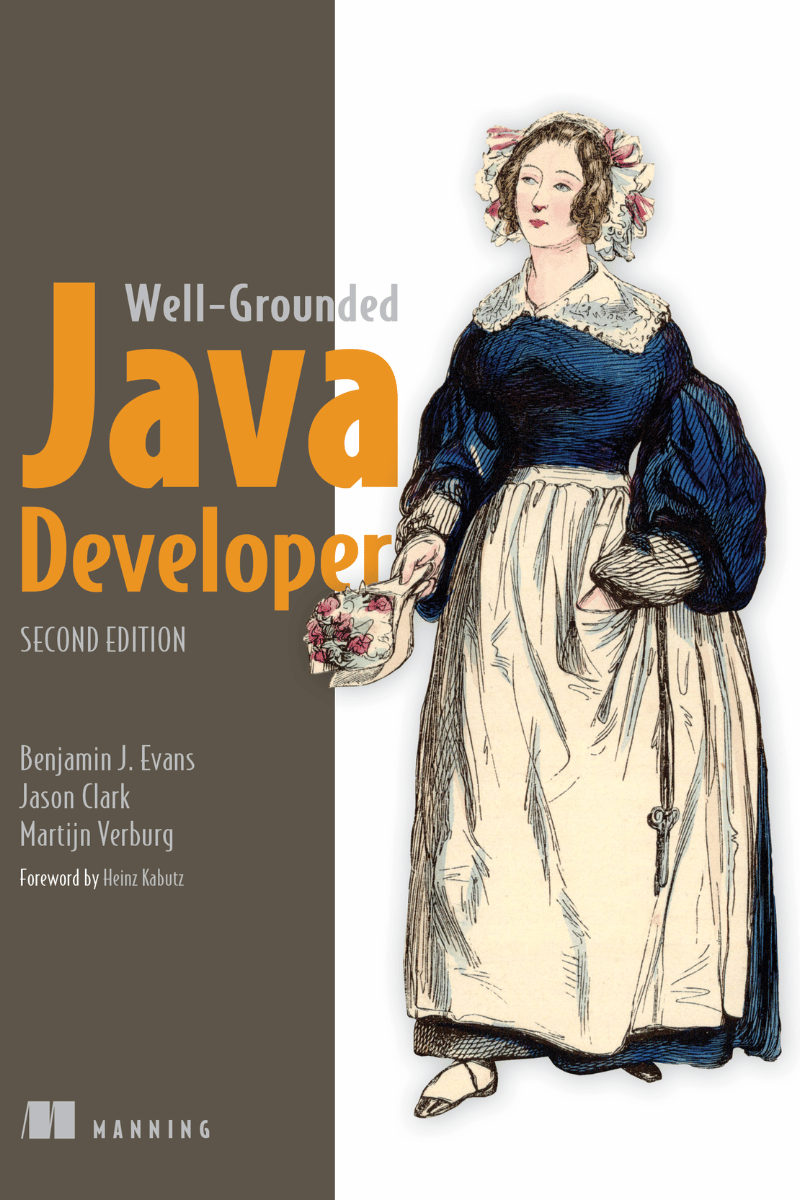
7 Best Evergreen Software Engineering Books
Introduction to Algorithms, by Thomas H. Cormen, Charles E. Leiserson, Ronald L. Rivest
Introduction to Algorithms is a comprehensive textbook that covers a wide range of algorithms in-depth and provides accessible design and analysis techniques for readers at all levels. The book is unique in combining rigor and comprehensiveness, with self-contained chapters and pseudocode algorithms.
This fourth edition has been updated throughout and includes new material on topics such as matchings in bipartite graphs, online algorithms, and machine learning. Additionally, there are new exercises and problems, as well as improvements to old problems based on reader feedback. The book’s writing style is clearer, more personal, and the visual presentation has been improved with added color. The notes, bibliography, and index have also been updated to reflect recent developments in the field. A website with supplementary material is available for readers.
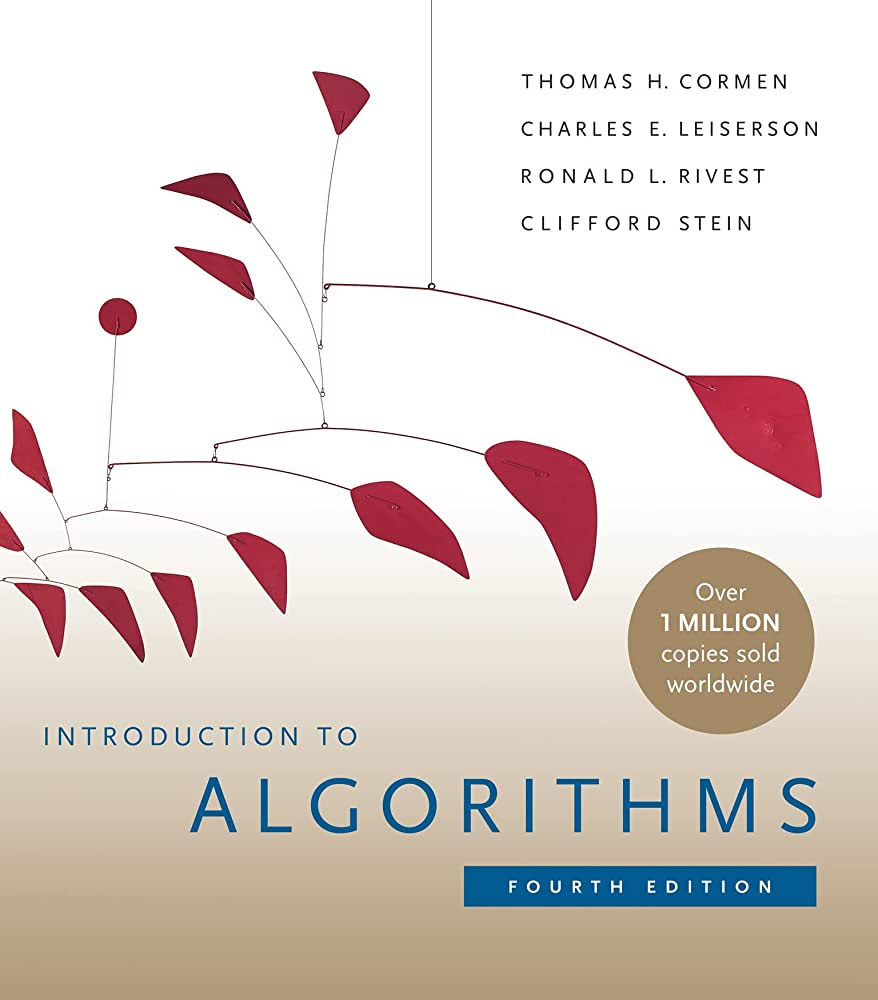
The Pragmatic Programmer: From Journeyman to Master, by Andy Hunt and Dave Thomas
The Pragmatic Programmer: From Journeyman to Master is a book that provides insights and best practices for modern software development. It focuses on the core development process of transforming requirements into maintainable and user-friendly code. The book covers a wide range of topics, including personal responsibility, career development, and architectural techniques for adaptable code.
Key lessons include fighting software rot, avoiding knowledge duplication, writing flexible code, preventing programming by coincidence, bullet-proofing code, capturing real requirements, effective testing, delighting users, building pragmatic programming teams, and automating development processes. The book is composed of self-contained sections filled with entertaining anecdotes, examples, and analogies that illustrate both best practices and common pitfalls in software development.
The Pragmatic Programmer is suitable for new coders, experienced programmers, and managers overseeing software projects. By applying the lessons from this book, readers can improve their productivity, accuracy, and job satisfaction, ultimately becoming more effective and pragmatic programmers.
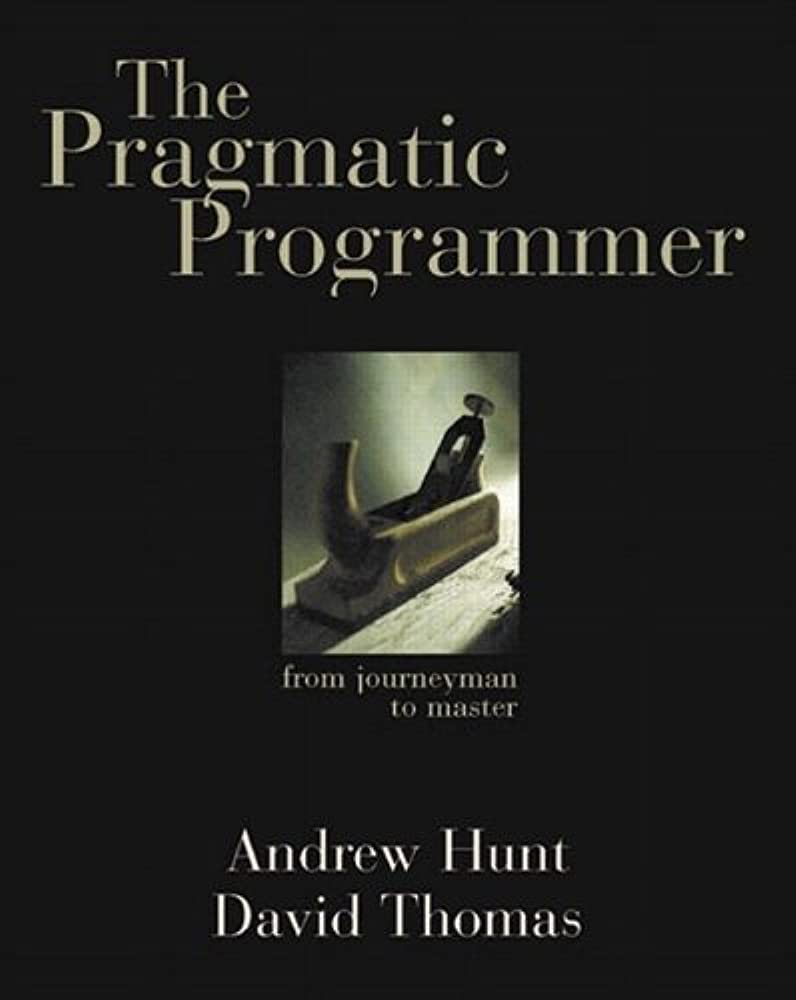
Clean Code: A Handbook of Agile Software Craftsmanship by Robert C. Martin
Clean Code: A Handbook of Agile Software Craftsmanship iis a book that focuses on the importance of writing clean, maintainable code for efficient and agile software development. The author, along with his colleagues from Object Mentor, presents a paradigm that teaches the values of a software craftsman and helps improve programming skills.
The book is divided into three parts. The first part covers the principles, patterns, and practices of writing clean code. The second part features case studies of varying complexity, each demonstrating the process of cleaning up and transforming problematic legacy code into efficient and sound code. The third part offers a list of heuristics and “smells” gathered from the case studies, creating a knowledge base that guides the thought process while writing, reading, and cleaning code.
Readers will learn how to distinguish between good and bad code, transform bad code into good code, create good names, functions, objects, and classes, format code for maximum readability, implement comprehensive error handling without obscuring code logic, and practice unit testing and test-driven development. This book is essential for developers, software engineers, project managers, team leads, and systems analysts interested in producing better code.
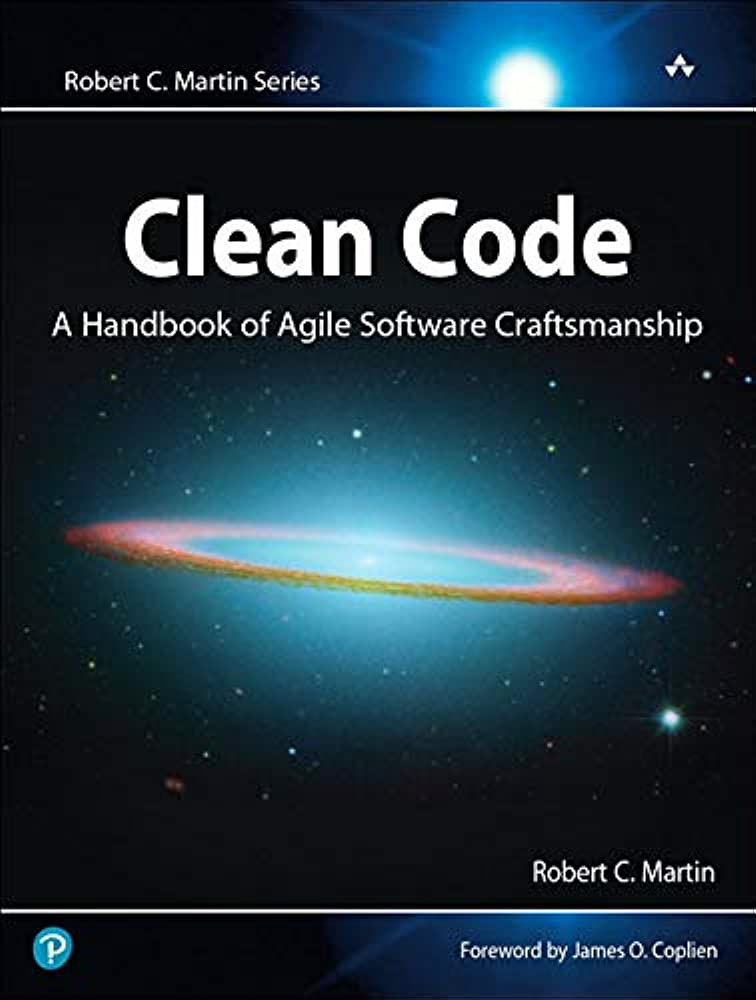
Structure and Interpretation of Computer Programs, by Harold Abelson, Gerald Jay Sussman, and Julie Sussman
Structure and Interpretation of Computer Programs is a widely influential computer science textbook that has greatly impacted curricula over the years. The revised edition incorporates changes based on the authors’ experience teaching the course at MIT since the first edition’s publication. The book features new implementations of major programming systems, including interpreters and compilers.
A new theme emphasizing the central role of different approaches to handling time in computational models has been introduced. This includes objects with state, concurrent programming, functional programming with lazy evaluation, and nondeterministic programming. New example sections on higher-order procedures in graphics and applications of stream processing in numerical programming have been added, along with numerous new exercises.
All programs in the book have been reworked to run in any Scheme implementation adhering to the IEEE standard, making the content more widely accessible and applicable across various Scheme environments.
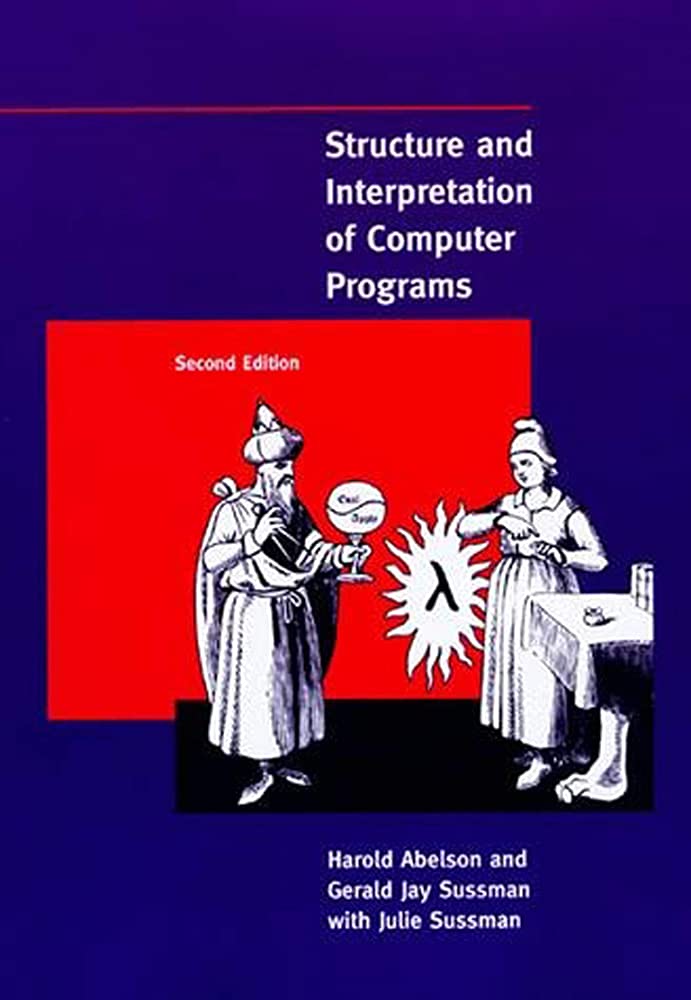
Code: The Hidden Language of Computer Hardware and Software, by Charles Petzold
Code: The Hidden Language of Computer Hardware and Software is a book that explores the ingenious ways humans manipulate language and invent new means of communication, driving technological innovations over the past two centuries. By using everyday objects and familiar language systems like Braille and Morse code, the author provides an illuminating narrative on the secret inner workings of computers and smart machines.
The book offers a comprehensible and cleverly illustrated story, providing readers with a context for understanding today’s world of PCs, digital media, and the Internet. It caters to a wide audience, regardless of their level of technical expertise. Code is an engaging read that charms its readers while potentially awakening their inner technophile.
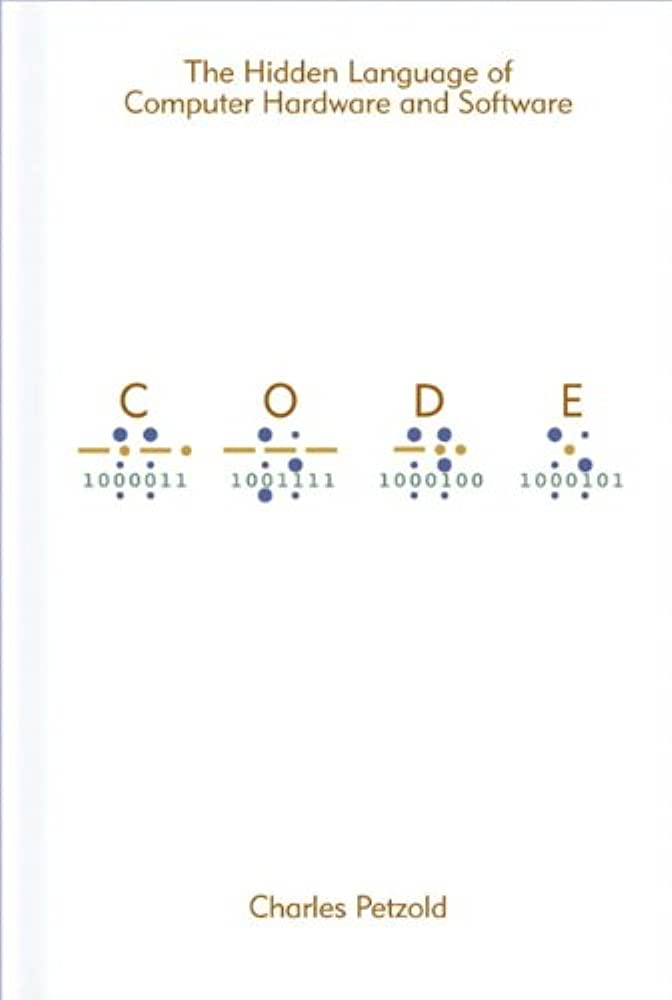
Refactoring: Improving the Design of Existing Code, by Martin Fowler, Kent Beck, and Don Roberts
Refactoring: Improving the Design of Existing Code addresses the issue of poorly designed programs created by less-experienced developers, resulting in inefficient and hard-to-maintain applications. The book introduces the concept of refactoring, a collection of techniques used by expert-level object programmers to improve the structural integrity and performance of existing software programs.
In this book, Martin Fowler demystifies the master practices of refactoring, making them accessible to all developers. He demonstrates how software practitioners can benefit from this process, helping them work with inherited, non-optimal applications and improve their design, maintainability, and performance. Refactoring serves as a valuable resource for developers looking to enhance their skills and work more efficiently with existing software programs.
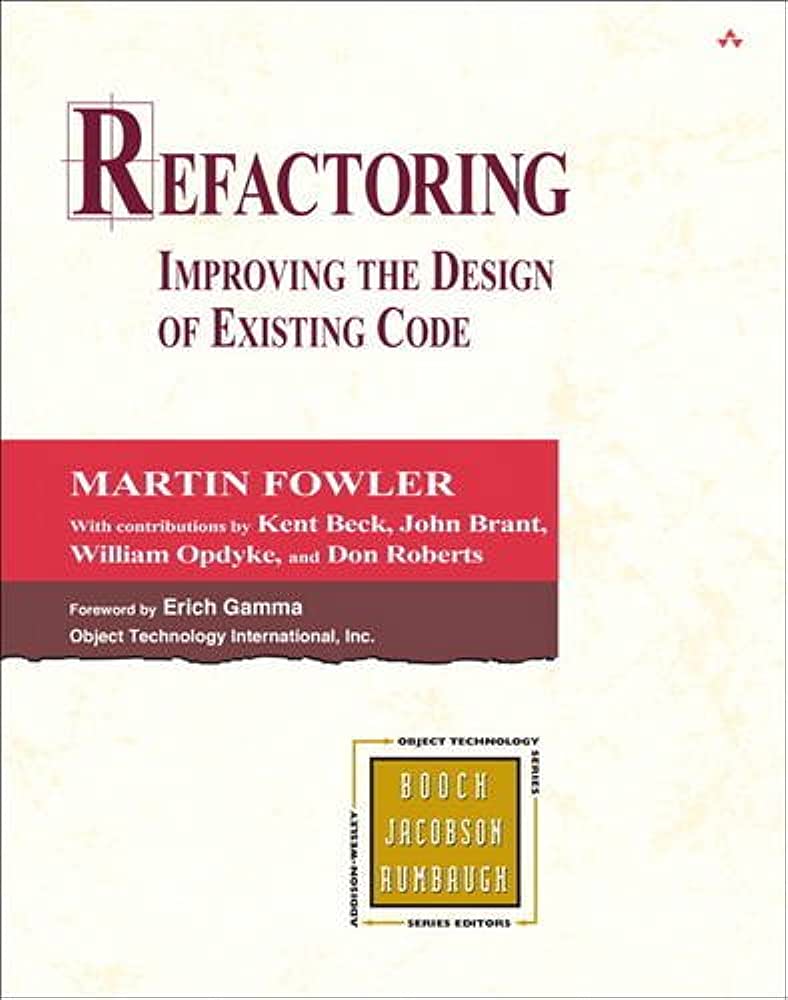
Designing Data-Intensive Applications, by Martin Kleppmann
Designing Data-Intensive Applications is a comprehensive guide to software construction that helps readers navigate the complex landscape of data processing and storage technologies. The book addresses critical issues in system design, such as scalability, consistency, reliability, efficiency, and maintainability, while examining the pros and cons of various tools, including relational databases, NoSQL datastores, stream or batch processors, and message brokers.
The author enables software engineers and architects to apply fundamental principles to modern applications, understand the trade-offs between consistency, scalability, fault tolerance, and complexity, and learn from the architectures of major online services. By examining the distributed systems research that underpins modern databases and peering under the hood of existing systems, readers can make more informed decisions about the tools and technologies that are best suited to their applications, ultimately improving their overall effectiveness and efficiency.
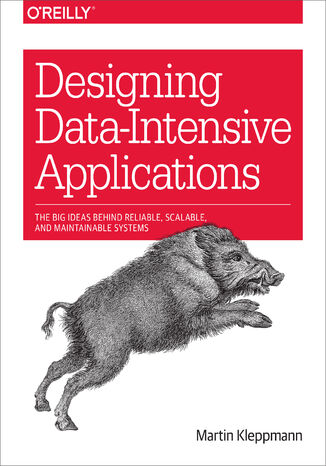
Happy reading!
We’ve provided a curated list of the best books for software engineers, recommended by senior software engineers at Stratoflow. These books cover various aspects of software engineering, including general principles, Java development, and timeless classics. By exploring these resources, you can expand your knowledge, improve your skills, and stay relevant in this ever-evolving field. Embrace the opportunity to learn from experienced professionals and embark on a journey of continuous growth and excellence in software engineering. Happy reading and coding!
Related Posts
We are Stratoflow, a custom Java development company. We firmly believe that software craftsmanship, collaboration and effective communication is key in delivering complex software projects. This allows us to build advanced high-performance Java applications capable of processing vast amounts of data in a short time. We also provide our clients with an option to outsource and hire Java developers to extend their teams with experienced professionals. As a result, our Java software development services contribute to our clients’ business growth. We specialize in building bespoke travel solutions like fast search engines, metasearch engines, booking engine services or channel manager integrations.